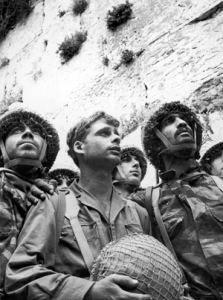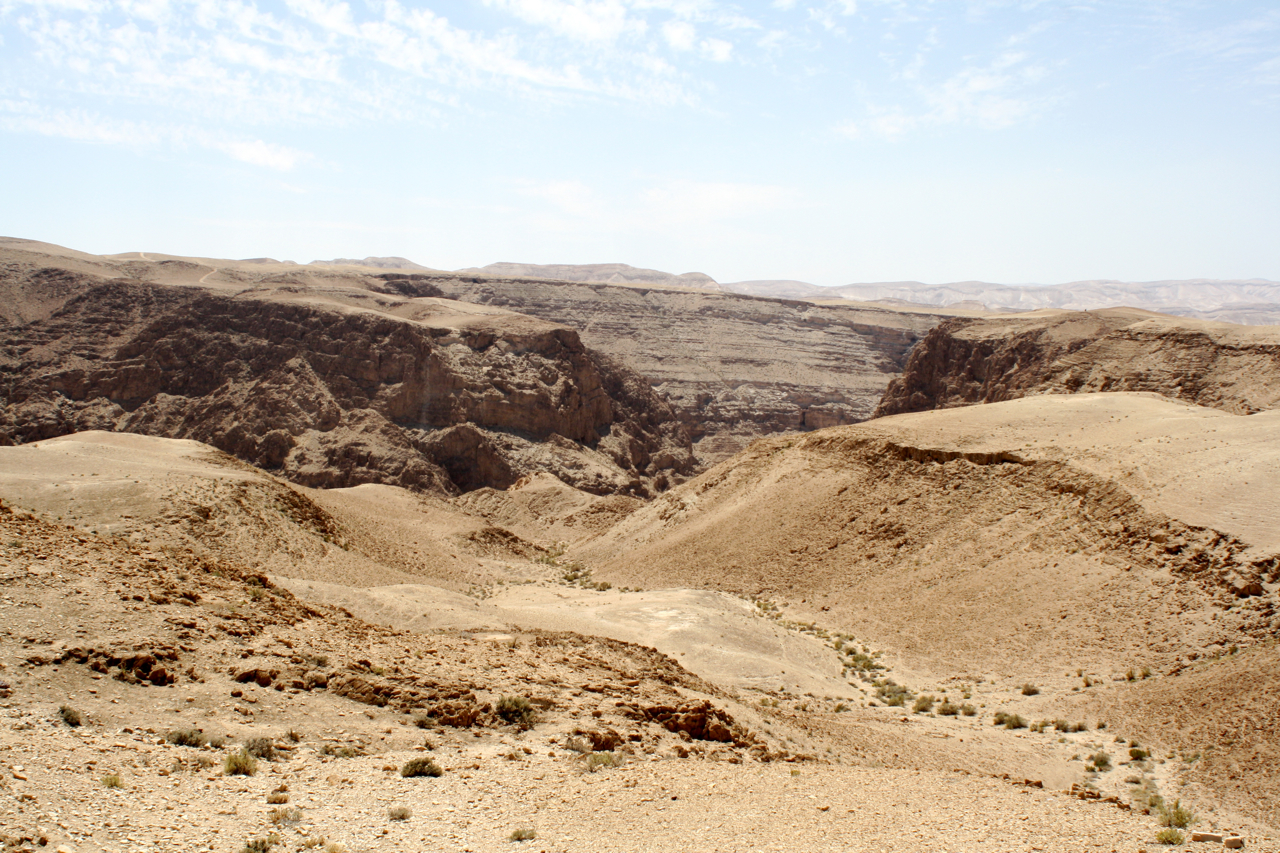
On Monday morning, June 5, 1967, Israel launched a devastating preemptive attack against Egypt — which, in defiance of treaties, marched a huge army into the Sinai Peninsula near the Israeli border and began public pronouncements, many from its president, Gamal Nasser, that it was going to annihilate the Jewish state.
Even as the Egyptian air force was wiped out, and its ground forces were getting slaughtered in the deserts of Sinai, Egyptian radio was broadcasting its glorious victories: They were bombing Tel Aviv and Jerusalem, destroying the enemy with impunity, etc.
Believing the propaganda, King Hussein of Jordan decided to enter the war. He thrust forward in the expectation of taking Jerusalem.
There were a number of pitched battles. However, the Jordanians were soon outflanked and retreated. The Israelis finally surrounded the area of the Old City itself. They attacked on Wednesday morning in a charge through the northeastern gate of the city, the Lion’s Gate.

Miraculously, the Jordanians did not put up much resistance and fled. Surprised at the speed of their own success, the Israelis proceeded down the streets and alleyways of the Old City of Jerusalem until they made their way to the Western Wall, the Wailing Wall, the last remnant of the Temple that had last been in Jewish hands almost exactly 1,900 earlier.
This is when that memorable photograph was taken of young Israeli soldiers embracing each other and looking up with awe at the ancient stone wall in the background. The moment was also immortalized when the chief chaplain of the Israeli army, Rabbi Shlomo Goren, blew the shofar. Soldiers sang and danced. Others wept openly as they came to the scene.
The event was broadcast live on Israeli radio to a stunned nation overwhelmed with two millennia of bottled up emotion. Upon hearing the news, Jews the world over were speechless. Strangers embraced each other. It was an open revelation of a Hand in history that sometimes we find hard to see.
One rabbi remembers Golda Meir coming to his area to speak just after the end of the war for a bond drive. At the podium she began to speak about the conquest of Jerusalem, and although she was a very tough woman she broke down and wept. And the entire audience wept with her. People did not only give money, but in one instance a man came up and gave her his gold cufflinks right off of his shirt!
The war ended a week before Shavuos, the Jewish holiday commemorating the revelation at Mount Sinai some 3,300 years earlier. The night before this first Jewish holiday with the Western Wall back in Jewish hands, people from all over Jerusalem started converging on the area at 3:00 in the morning. And it was not the reconstructed plaza that exists now, but a narrow alley. Everyone went – religious and non-religious.
To some it felt like the Messiah had arrived. The sound of the footsteps alone, from the hordes of people marching toward the center of the newly reacquired ancient capital, could literally be heard.
At 4:00, when the sun rose, the Western Wall was packed as never before to experience this first Shavuos after the capture of the Old City. This was emblematic of the great spiritual reawakening that existed, at least for a short period of time. It was certainly one of the most dramatic moments in Jewish history.
Jewish history and Jewish destiny had converged in a brief moment in time.











